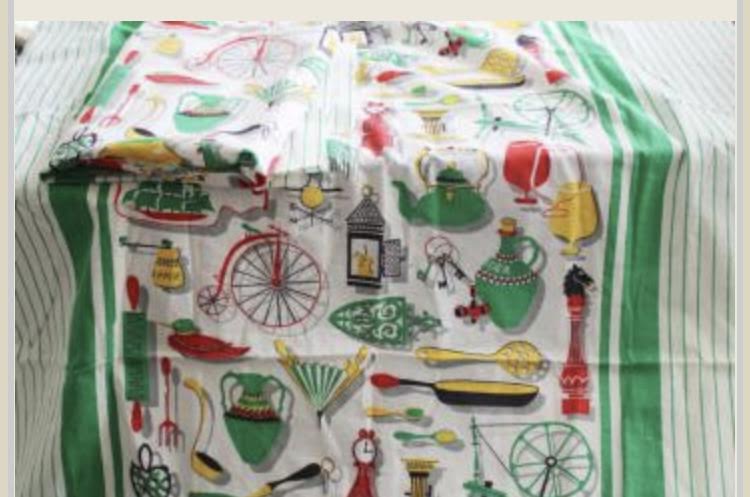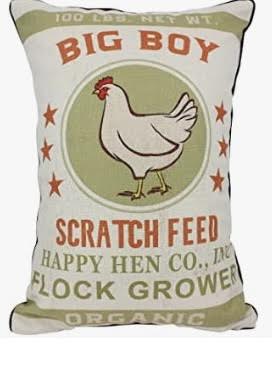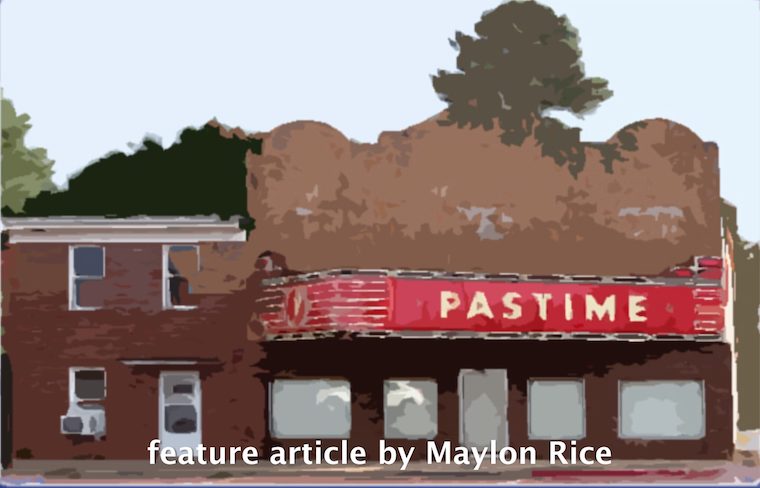Somehow a recent Arkansas History Listserv discussion aimed at home-made drawers – especially those of printed feed sacks revived a Pastime for me.
The historians we snickering about the girls (and some boys, too, I wager) were wearing cotton undergarments often with the imprinted words of “sweet and pure,” imprinted on their backsides.
Sweet and Pure printed on a feed sack, comes to mind a finely ground grains, mixed with molasses and other sugars, to sweeten a Jersey cow’s milk after a spring of eating those bright yellow, but often very bitter pasture flowers found on what we called “butterweeds” back on the family farm on what once was Highway 15 (now U.S. 63) North of Warren.

My grandfather, Levi Brown, since the early 1940s owned 89 or 90 acres of farmland, the last cleared pasture land and farm on the western side of Highway 15 just before you got to the Saline River bottoms and the what was then the North Steele Bridge.
Today that bridge is gone, but the low and wide concrete and steel bridge is in the same vicinity as before just as you exit Bradley County on the north side of the Saline and enter Cleveland County.
When the Browns moved from Big Creek up in Cleveland County to the Saline River bottoms area in early 1941, they had previously had about 10-14 head of milking cows – milked twice a day. With the move to Bradley County, the milk herd was thinned and a cotton culture was established for the next 40 plus years.

My grandfather had the last acres of cotton – about 40 acres – farmed in Bradley County when I was a youngster. He finally quit the cotton farming when he was getting on in years and his matched set of Missouri mules and one plow horse, shared the duties of tilling the cotton patch.
But as a kid of the 1960s in Warren, I can certainly vouch for the printed feed bags for sewing materials in and around the farmstead.
My late uncle Lonnie V. Brown and former Bradley County Assessor Frank Stone, were in a feed store partnership for many years on Cypress Street just past where Molly’s is now.
The tiny feed store had stacks and stacks of cattle, chicken, mule and horse feed – stacked and banked to the ceilings from the large front door of the establishment.
As you entered the store, a very tiny office was immediately to your left with a full glass door when closed.
The feed counter, where orders were placed and transactions took place was an open-air box with a loud and clunky cash register on the flat-gray painted counter.
After many years down on East Cypress, he moved to a larger and more modern store out to the old Ice Plant area near where the McDonald’s now sits. That place burned in a fire before my uncle left to run the Bradley County Co-Op location back in east Warren, near Eastside Elementary for another decade.
But back to those printed feed sacks, mostly came from Quality Feeds in North Little Rock.
There were in abundance in the early spring and summer, as I recall.

Women from the surrounding farms would come into the feed store, view all the printed material on the large 25-pound, 50-pound and 100-pound sacks of feed in these cloth sacks. And dream up future sewing projects.
Most of the feed in the printed cloth sacks was “egg starter,” “sweet feed,” and “milk starter.”
In layman’s terms: “egg starter” was pelleted feed given to young laying hands, protein rich to get their egg laying cycles started as young hens or to help the older hens overcome the slowing of egg laying in the winter.
“Sweet feed,” was molasses rich, crushed grain to help milk cows, up their milk production as the green grass diets tended to “sour” the milk.
And “milk starter,” was for the young heifers who were coming into their own as milk cows.
Now “wheat shorts” or just “shots” was a feed mixture to be added to water to make “slop” for the hogs.
“Wheat shorts”, also came in a clean white cloth sack.
Often such cloth sacks were transformed into homemade underwear for the boys and men.
No matter how much granny pre-washed the fabric – they were scratchy and slightly smelling of stale bread – which emanated from such undergarments no matter how often the wash cycle or how long one wore them.
Often the farmer’s wife would settle on a pattern – and for weeks on end, they would stockpile the same printed cloth sacks.

Once in a while, when miscalculations in materials were made, a re-order of a certain cloth sack of feed would be made and held until the farmer and his wife reappeared at the store. The sack was set aside until the customer came in for the special order.
Once or twice, I can recall, helping re-sack, some “sweet feed” into a burlap bag since the farmer didn’t have dairy cattle, but the wife sure wanted that printed pattern for a dress, curtains or some item around the house.
Also, I can recall most home seamstresses were not afraid to say where that unique print came from at such events as picnics, family reunions or church dinners on the ground.
Me, I once would deny ever having home-made, cotton drawers made from a feed sack.
But not today, it is a Pastime badge of honor in these modern times to cling to – just like that strong wheat odor clung to my backside in those itchy cotton drawers.





Wonderful article! My grandmother made quilts from feed sacks. You would use what was available
And they that. I remember Mr Lonnie Brown and his wife!